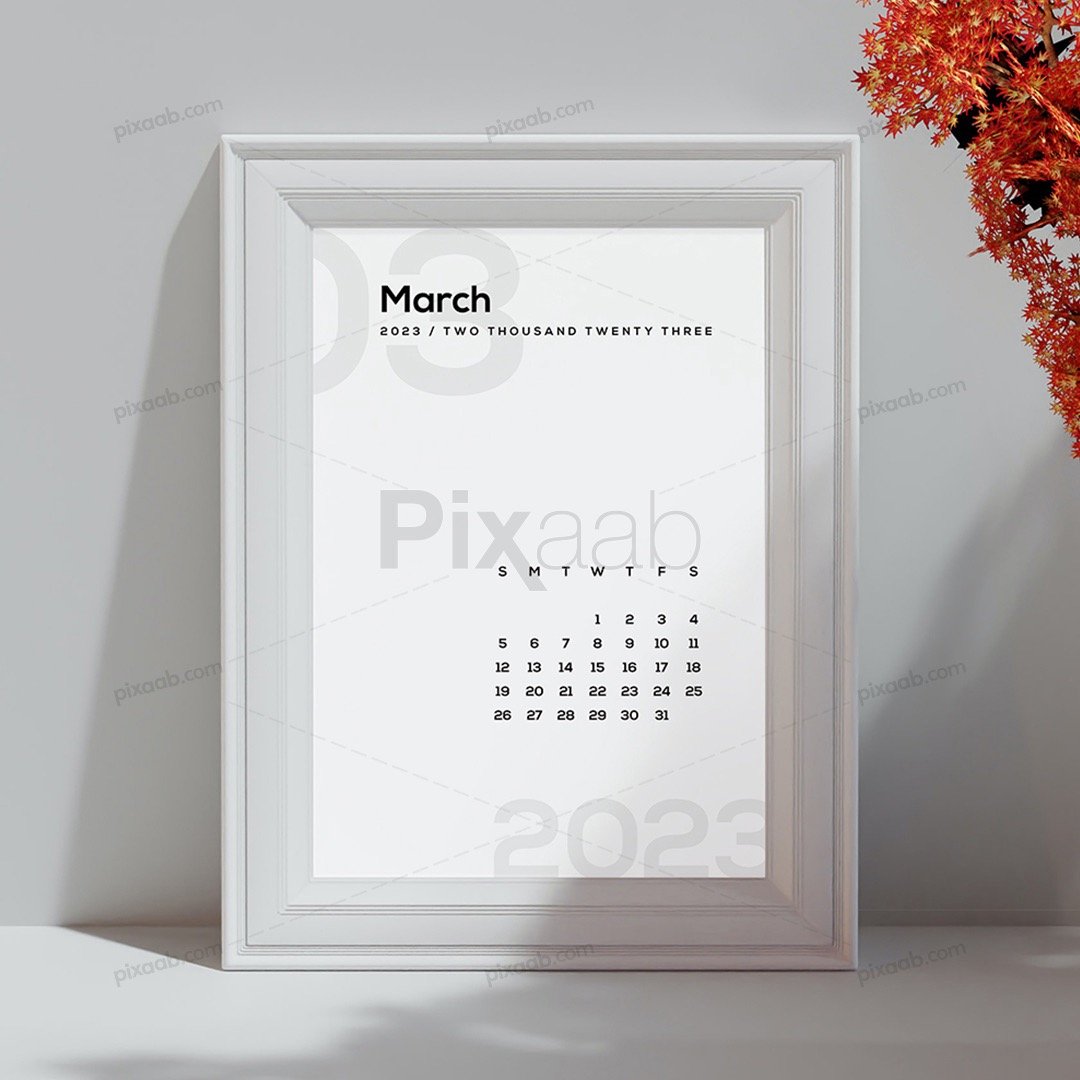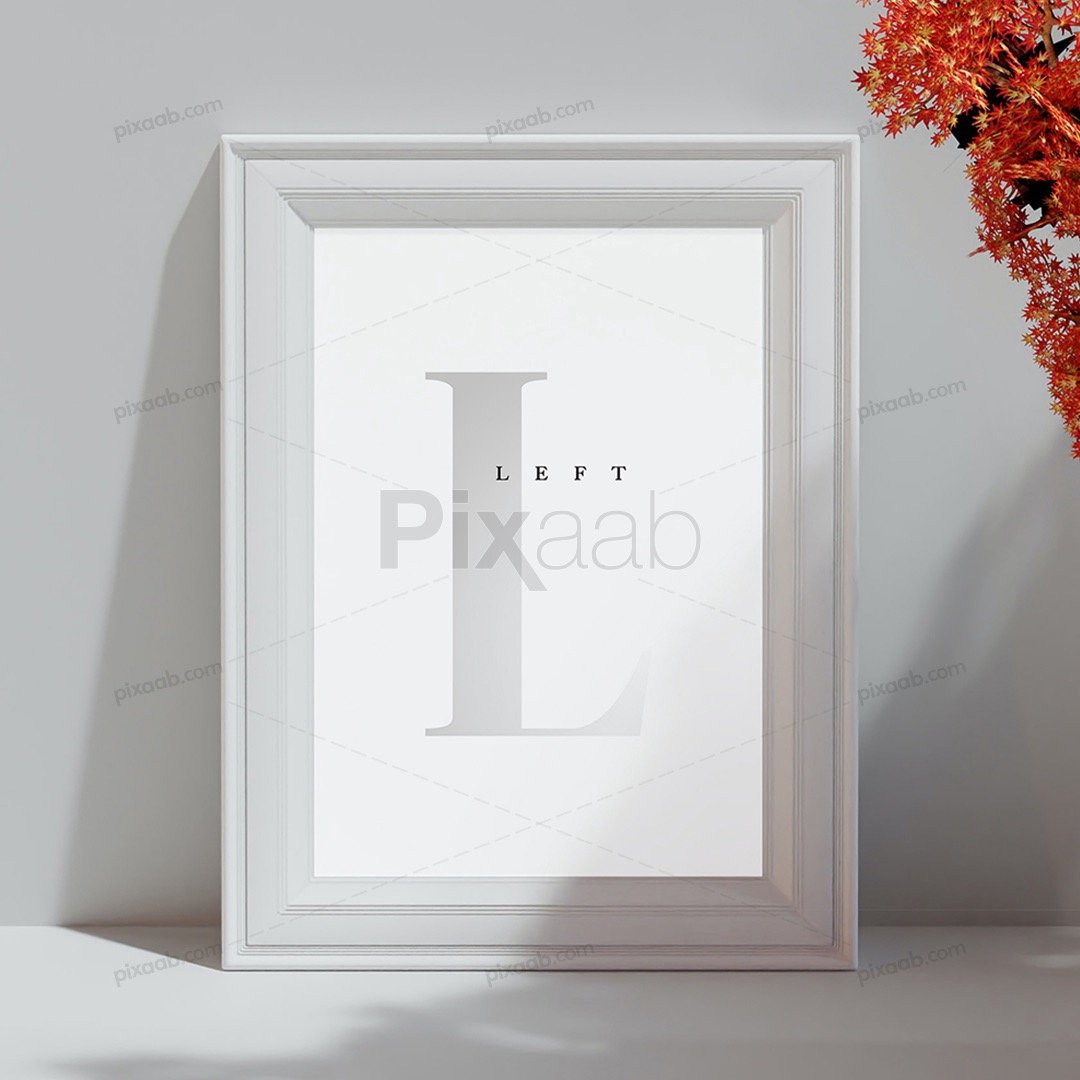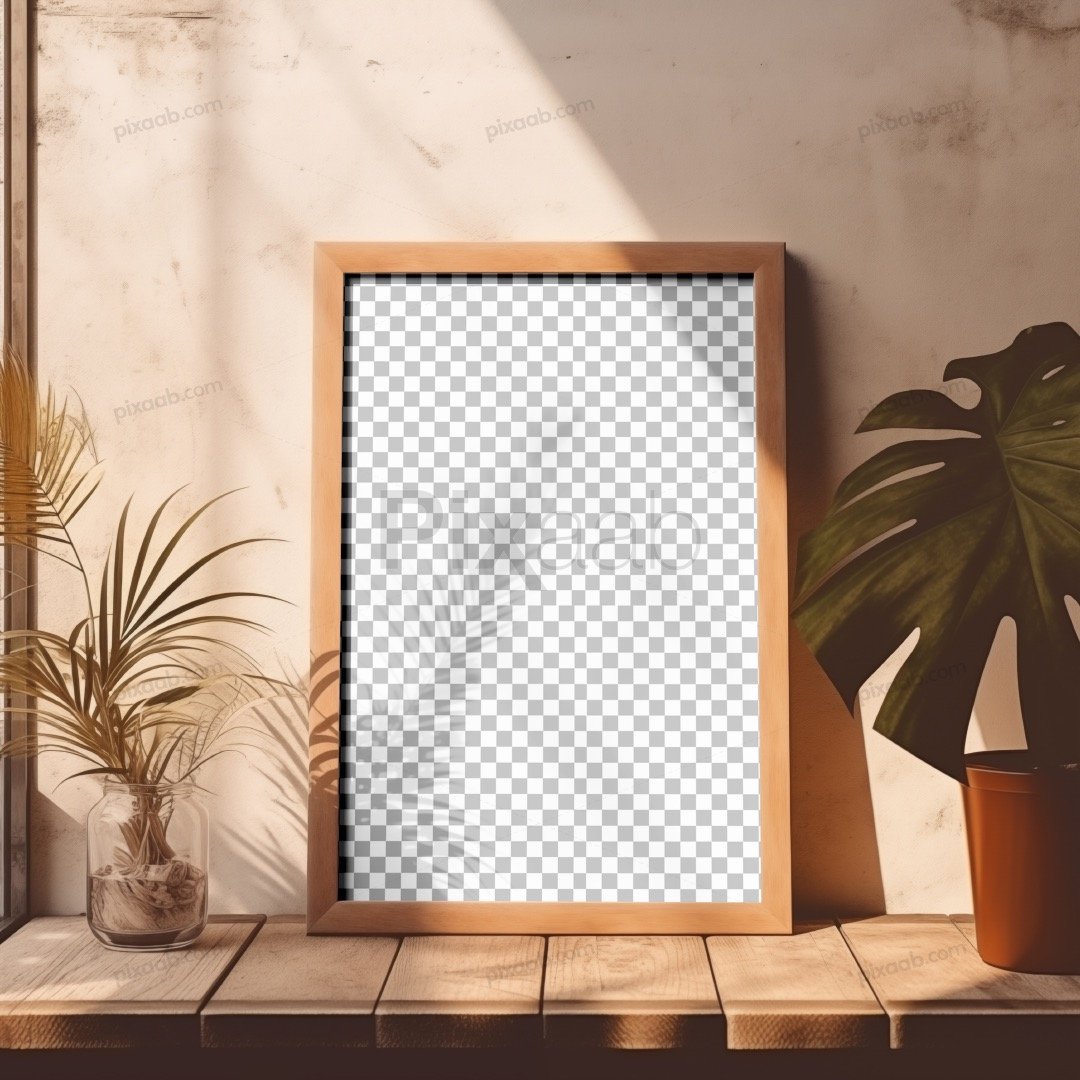Blog
The Magic Behind Mockup Templates
Introduction:
In the ever-evolving universe of design and marketing, staying ahead requires harnessing tools that effortlessly streamline the creative process. One such powerhouse gaining immense popularity is the mockup template. If you’re curious about “What is a mockup template?” you’re in for a treat. Join us on a journey as we unravel the core of mockups, unveiling their purpose, perks, and clarifying the age-old question: Is a mockup a prototype?
Understanding the Basics:
Let’s kick off by answering the fundamental question: What is a mockup template? A mockup template is the visual cornerstone of a design project, serving as a blueprint for the final masterpiece. It offers a sneak peek into how a design will come to life, showcasing elements like layout, color schemes, and typography. Whether it’s a website, app, or a tangible product, mockups provide a realistic portrayal within a specific context.
Why Use Mockups?
Now that we’ve demystified what a mockup template is, let’s dive into the reasons why designers and marketers are flocking to integrate mockups into their creative arsenal.
- Visual Realism: Mockups bring designs to life with a realism that captivates stakeholders, enabling them to envision the final product authentically. This visual fidelity facilitates informed decisions about design aesthetics, ensuring alignment with the intended vision.
- Client Communication: Communication is the heartbeat of any design project, and mockups play a pivotal role in client interactions. Say goodbye to abstract descriptions and technical jargon—designers can present tangible visualizations, making it a breeze for clients to provide feedback and approvals.
- Time and Cost Efficiency: Mockups act as agile companions, allowing designers to iterate and tweak swiftly. This not only reduces the time invested but also cuts down on costs associated with the design process. Early identification of potential issues through mockups helps avoid extensive revisions later on.
- Consistency Across Platforms: From websites to mobile apps and product packaging, mockups ensure a consistent visual language across different platforms. Designers can assess how the design adapts to diverse screen sizes or physical dimensions, fostering a unified and professional brand image.
- Marketing Collateral: Mockups aren’t just tools for designers; they’re potent assets for marketing endeavors. Integrating them into promotional materials, presentations, or social media posts allows businesses to showcase their offerings in a visually compelling manner.
Is Mockup a Prototype?
Now, let’s tackle a common conundrum: Is a mockup a prototype? While these terms often mingle in conversation, they play distinct roles in the design process.
Mockup:
- Focuses on the visual representation.
- Showcases aesthetics and layout without functionality.
- Ideal for gathering feedback on visual elements.
Prototype:
- Emphasizes functionality and user interactions.
- Provides a working model of the final product.
- Used to test and validate the user experience.
In essence, while a mockup paints the visual canvas, a prototype adds functionality and user interactions. Both are indispensable, each shining at different stages of the creative process.
Conclusion:
Understanding the significance of a mockup template is paramount for designers, marketers, and businesses aiming to leave a digital imprint. Knowing “What is a mockup template?” unlocks doors to seamless collaboration, efficient workflows, and visually stunning design projects. By grasping the unique roles of mockups and prototypes, professionals can wield these tools to breathe life into their creative visions. So, step into the world of mockups, and let your designs echo through the ever-evolving landscape of digital creativity.





















































